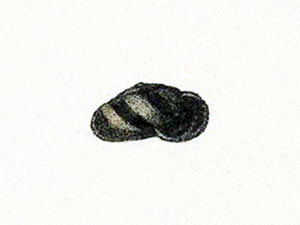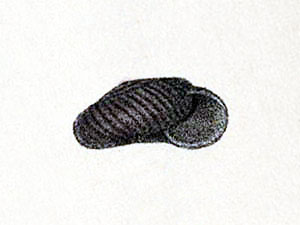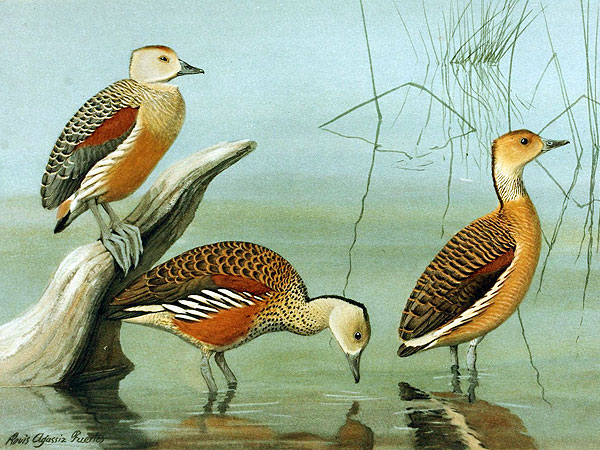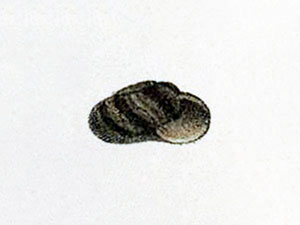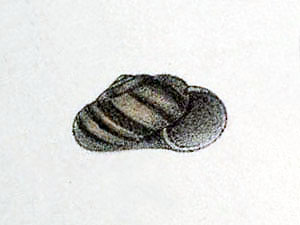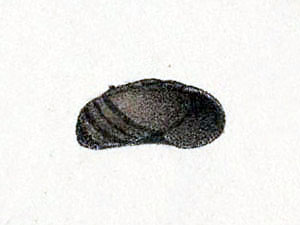Large Polynesian Ground Dove (Pampusana nui)
The Large Polynesian Ground Dove, which is known only from subfossil remains, was a widespread species that occurred on several island groups in central Polynesia including the Cook Islands, the Society Islands and the Marquesas.
The species was sympatric on the Cook-, and Society Islands with the smaller Polynesian Ground Dove (Pampusana erythroptera (Gmelin)) and with the Marquesan Ground Dove (Pampusana rubescens (Vieillot)) on the Marquesas Islands, and very likely with additional, yet extinct species.
The Large Polynesian Ground Dove, sometimes also named Giant Ground Dove in fact was not truly a giant, yet with a probable size of around 36 cm was still larger than all its Polynesian congeners. [1][2]
***
The species was also thought, based on subfossil remains, to have occurred on the Gambier Islands, these remains, however, were later found out to be assignable to another species, the Henderson Island Archaic Pigeon (Bountyphaps obsoleta Worthy & Wragg). [3][4]
***
syn. Alopecoenas nui (Steadman), Gallicolumba nui Steadman
*********************
References:
[1] David W. Steadman: Extinction and Biogeography of Tropical Pacific Birds. University Of Chicago Press 2006
[2] Jean-Claude Thibault; Alice Cibois: From early Polynesian settlements to present: bird extinctions in the Gambier Islands. Pacific Science 66(3): 1-26. 2011
[3] Knud A. Jønsson; Martin Irestedt; Rauri C. K. Bowie; Les Christidis; Jon Fieldså: Systematics and biogeography of Indo-Pacific ground-doves. Molecular Phylogenetics and Evolution 59: 538-543. 2011
[4] Stanislas Rigal; Patrick V. Kirch; Trevor H. Worthy: New prehistoric avifaunas from the Gambier Group, French Polynesia. Palaeontologia Electronica 21.3.4A 1-35. 2018
*********************
edited: 16.03.2020





